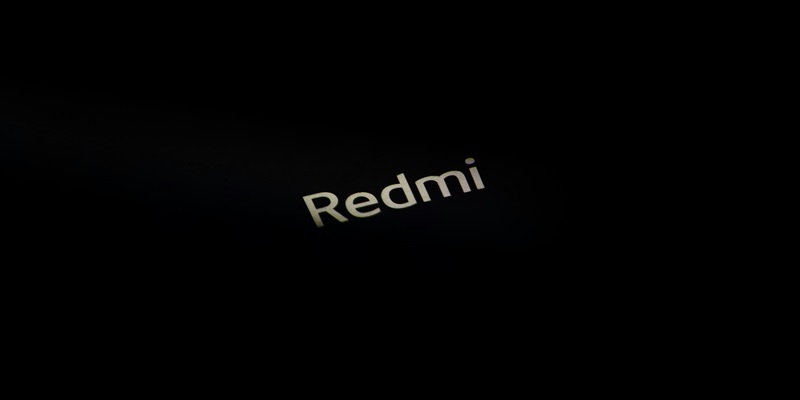Xiaomi continues to make waves in the budget smartphone segment with its latest addition to the Redmi series. The Redmi 13 4G is gearing up to be a game-changer with its vibrant design and top-tier photography prowess. Aimed at consumers who seek high-quality features at an affordable price point, this new model represents Xiaomi’s commitment to innovation within the constraints of cost.
Design & Display
A Palette of Choices
The Redmi 13 4G is set to make a bold statement with its array of colors. Offering a variety of shades like black, yellow, pink, and blue, the device aims to match the personal style of every customer. The sleek finish and comfortable grip combine aesthetics with ergonomics, making the Redmi 13 4G not just a tool, but a part of the user’s everyday fashion. At a time when personal expression through technology is highly valued, Xiaomi’s focus on design diversity could be the distinguishing factor that attracts style-conscious users.
High-Resolution Experience
The display of the Redmi 13 4G is designed to captivate users with crisp and vibrant visuals. Xiaomi has ensured that whether it’s for gaming or streaming, the screen will deliver an immersive experience. The attention to detail in the display technology is expected to complement the high-resolution photography capabilities of the device, thereby offering an all-encompassing multimedia experience. This display is poised to be a gateway for users to not just capture moments in high resolution but to relive them with equal clarity.
Performance & Camera
Balanced Processing Power
At its core, the Redmi 13 4G houses the MediaTek Helio G91 Ultra processor. This chip is engineered to provide a seamless performance that is well-suited for multitasking and everyday use. The decision to integrate this processor is Xiaomi’s strategic move to provide balanced performance without inflating costs. Users can look forward to a smooth interface, responsive gaming sessions, and efficient power consumption, which is often a primary concern for those in the market for a budget device.
Photography That Speaks Volumes
The standout feature of the Redmi 13 4G is undeniably its 108-megapixel main camera. This high-resolution camera is aimed squarely at photography enthusiasts who demand professional-grade pictures without the professional price tag. The camera setup is not just about the megapixels; it’s about the quality of each pixel. Xiaomi’s emphasis on camera technology demonstrates its understanding that a phone’s camera performance can be the deciding factor for many consumers. In a market where social media presence and visual documentation are ubiquitous, this could be the edge that Xiaomi needs to cut through the noise.
Battery Life & Charging
Longevity for the Long Haul
Xiaomi is well aware that a smartphone’s battery life is among the top criteria for consumer satisfaction. Hence, the Redmi 13 4G is equipped with a formidable 5040 mAh battery. Such capacity implies that the device is built to last through a day’s worth of intensive usage, aligning with the needs of the modern smartphone user. Whether it’s for work, play, or anything in between, the Redmi 13 4G is designed to keep up without the constant need for a power outlet.
Fast Charging for a Fast-Paced World
Fast charging capabilities round off the Redmi 13 4G’s robust feature set. Understanding the fast-paced lives of its users, Xiaomi has included fast charging to ensure that you can get back to full power quickly and stay connected. This feature is especially crucial for those who are on the go and can’t afford to be tethered to a charger for extended periods. Xiaomi’s commitment to making life easier for its customers is clear, as it delivers a device that can keep up with the speed of modern life.

